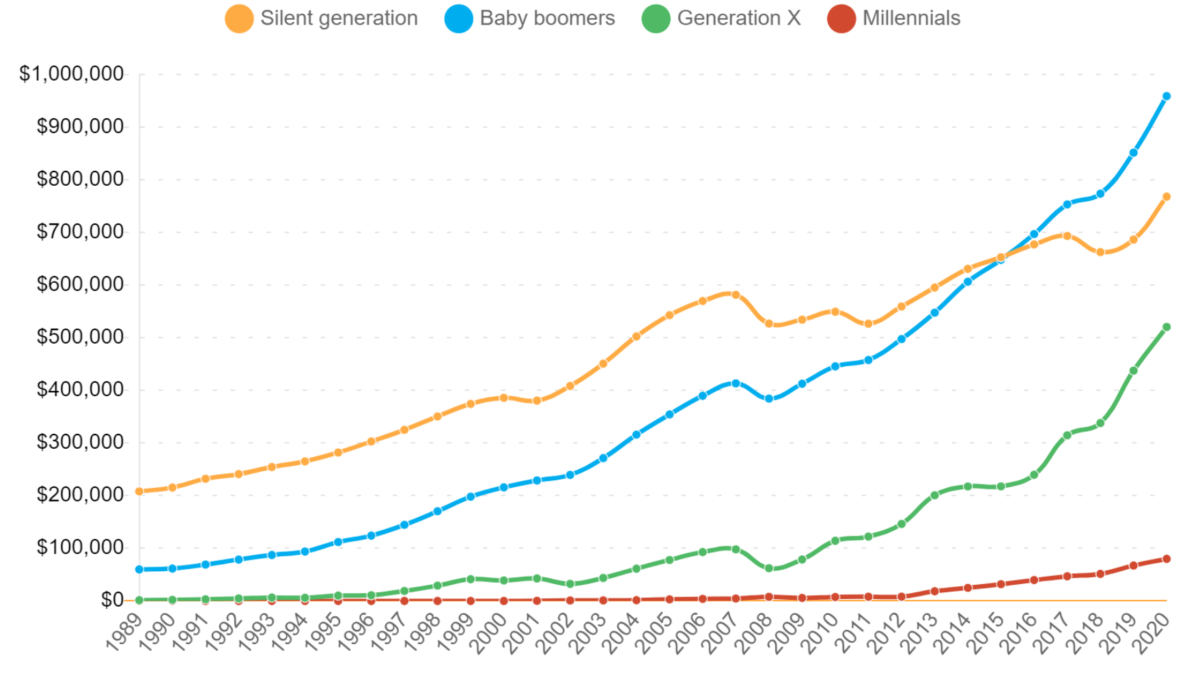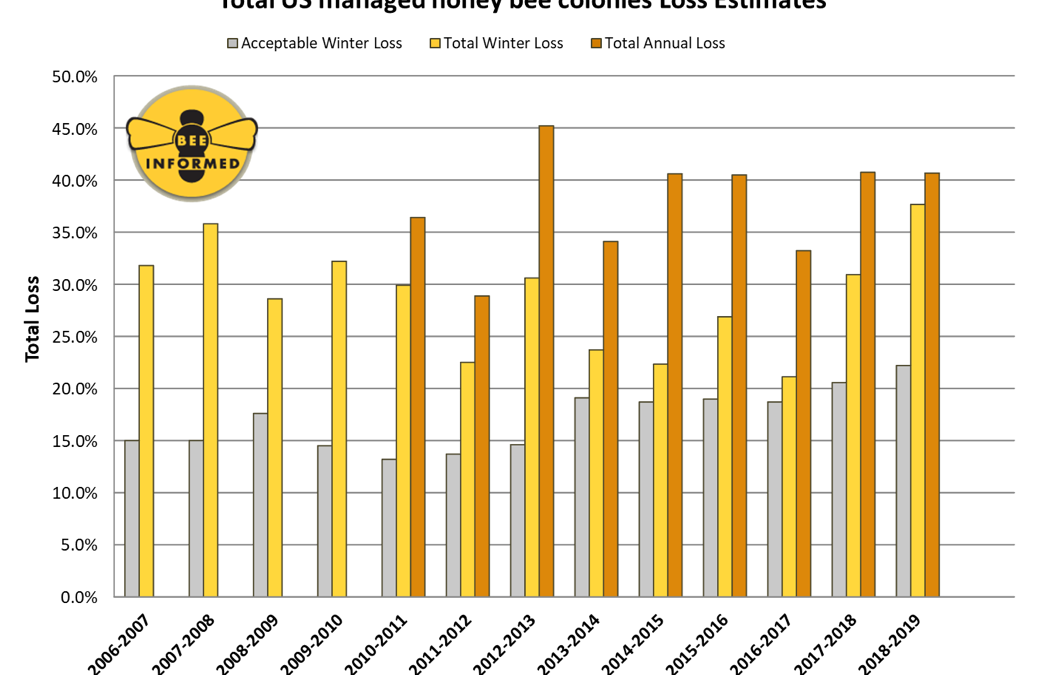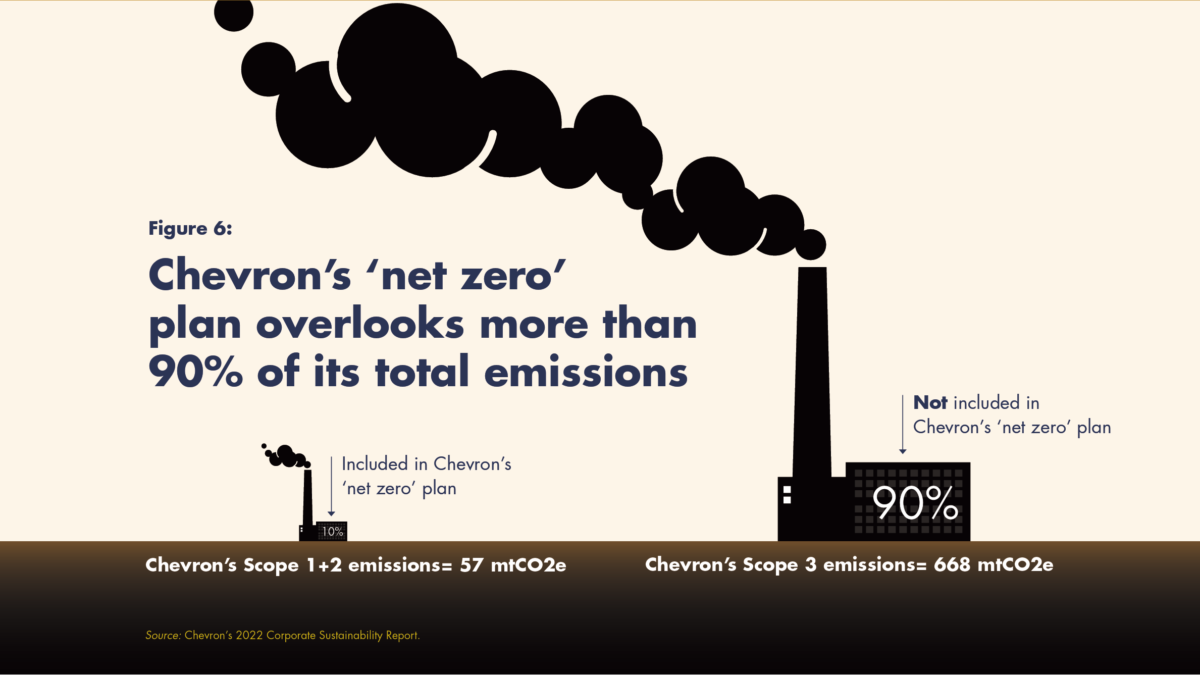New study calculates climate change’s economic impact will hit $38 trillion per year by 2049 – World economy already committed to income reduction of 19 percent – World’s poorest countries will suffer 61 percent bigger income loss than the richest ones

By Seth Borenstein
17 April 2024
(AP) – Climate change will reduce future global income by about 19% in the next 25 years compared to a fictional world that’s not warming, with the poorest areas and those least responsible for heating the atmosphere taking the biggest monetary hit, a new study said.
Climate change’s economic bite in how much people make is already locked in at about $38 trillion a year by 2049, according to Wednesday’s study in the journal Nature by researchers at Germany’s Potsdam Institute for Climate Impact Research. By 2100 the financial cost could hit twice what previous studies estimate.
“Our analysis shows that climate change will cause massive economic damages within the next 25 years in almost all countries around the world, also in highly-developed ones such as Germany and the U.S., with a projected median income reduction of 11% each and France with 13%,” said study co-author Leonie Wenz, a climate scientist and economist.
These damages are compared to a baseline of no climate change and are then applied against overall expected global growth in gross domestic product, said study lead author Max Kotz, a climate scientist. So while it’s 19% globally less than it could have been with no climate change, in most places, income will still grow, just not as much because of warmer temperatures.
For the past dozen years, scientists and others have been focusing on extreme weather such as heat waves, floods, droughts, storms as the having the biggest climate impact. But when it comes to financial hit the researchers found “the overall impacts are still mainly driven by average warming, overall temperature increases,” Kotz said. It harms crops and hinders labor production, he said.
“Those temperature increases drive the most damages in the future because they’re really the most unprecedented compared to what we’ve experienced historically,” Kotz said. Last year, a record-hot year, the global average temperature was 1.35 degrees Celsius (2.43 degrees Fahrenheit) warmer than pre-industrial times, according to the U.S. National Oceanic and Atmospheric Administration. The globe has not had a month cooler than 20th century average since February 1979.

In the United States, the southeastern and southwestern states get economically pinched more than the northern ones with parts of Arizona and New Mexico taking the biggest monetary hit, according to the study. In Europe, southern regions, including parts of Spain and Italy, get hit harder than places like Denmark or northern Germany.
Only Arctic adjacent areas — Canada, Russia, Norway, Finland and Sweden — benefit, Kotz said.
It also means countries which have historically produced fewer greenhouse gas emissions per person and are least able to financially adapt to warming weather are getting the biggest financial harms too, Kotz said.
The world’s poorest countries will suffer 61% bigger income loss than the richest ones, the study calculated.
“It underlies some of the injustice elements of climate,” Kotz said. [more]
New study calculates climate change’s economic bite will hit about $38 trillion a year by 2049

38 trillion dollars in damages each year: World economy already committed to income reduction of 19 percent due to climate change
17 April 2024 (Potsdam Institute) – Even if CO2 emissions were to be drastically cut down starting today, the world economy is already committed to an income reduction of 19 % until 2050 due to climate change, a new study published in Nature finds. These damages are six times larger than the mitigation costs needed to limit global warming to two degrees. Based on empirical data from more than 1,600 regions worldwide over the past 40 years, scientists at the Potsdam Institute for Climate Impact Research (PIK) assessed future impacts of changing climatic conditions on economic growth and their persistence.
“Strong income reductions are projected for the majority of regions, including North America and Europe, with South Asia and Africa being most strongly affected. These are caused by the impact of climate change on various aspects that are relevant for economic growth such as agricultural yields, labour productivity or infrastructure,” says PIK scientist and first author of the study Maximilian Kotz. Overall, global annual damages are estimated to be at 38 trillion dollars, with a likely range of 19-59 trillion Dollars in 2050. These damages mainly result from rising temperatures but also from changes in rainfall and temperature variability. Accounting for other weather extremes such as storms or wildfires could further raise them.
Huge economic costs also for the United States and European Union
“Our analysis shows that climate change will cause massive economic damages within the next 25 years in almost all countries around the world, also in highly-developed ones such as Germany, France and the United States,” says PIK scientist Leonie Wenz who led the study. ”These near-term damages are a result of our past emissions. We will need more adaptation efforts if we want to avoid at least some of them. And we have to cut down our emissions drastically and immediately – if not, economic losses will become even bigger in the second half of the century, amounting to up to 60% on global average by 2100. This clearly shows that protecting our climate is much cheaper than not doing so, and that is without even considering non-economic impacts such as loss of life or biodiversity.”
To date, global projections of economic damages caused by climate change typically focus on national impacts from average annual temperatures over long-time horizons. By including the latest empirical findings from climate impacts on economic growth in more than 1,600 subnational regions worldwide over the past 40 years and by focusing on the next 26 years, the researchers were able to project sub-national damages from temperature and rainfall changes in great detail across time and space all the while reducing the large uncertainties associated with long-term projections. The scientists combined empirical models with state-of-the-art climate simulations (CMIP-6). Importantly, they also assessed how persistently climate impacts have affected the economy in the past and took this into account as well.
Countries least responsible will suffer most
“Our study highlights the considerable inequity of climate impacts: We find damages almost everywhere, but countries in the tropics will suffer the most because they are already warmer. Further temperature increases will therefore be most harmful there. The countries least responsible for climate change, are predicted to suffer income loss that is 60% greater than the higher-income countries and 40% greater than higher-emission countries. They are also the ones with the least resources to adapt to its impacts. It is on us to decide: structural change towards a renewable energy system is needed for our security and will save us money. Staying on the path we are currently on, will lead to catastrophic consequences. The temperature of the planet can only be stabilized if we stop burning oil, gas, and coal,” says Anders Levermann, Head of Research Department Complexity Science at the Potsdam Institute and co-author of the study.
The economic commitment of climate change
ABSTRACT: Global projections of macroeconomic climate-change damages typically consider impacts from average annual and national temperatures over long time horizons1,2,3,4,5,6. Here we use recent empirical findings from more than 1,600 regions worldwide over the past 40 years to project sub-national damages from temperature and precipitation, including daily variability and extremes7,8. Using an empirical approach that provides a robust lower bound on the persistence of impacts on economic growth, we find that the world economy is committed to an income reduction of 19% within the next 26 years independent of future emission choices (relative to a baseline without climate impacts, likely range of 11–29% accounting for physical climate and empirical uncertainty). These damages already outweigh the mitigation costs required to limit global warming to 2°C by sixfold over this near-term time frame and thereafter diverge strongly dependent on emission choices. Committed damages arise predominantly through changes in average temperature, but accounting for further climatic components raises estimates by approximately 50% and leads to stronger regional heterogeneity. Committed losses are projected for all regions except those at very high latitudes, at which reductions in temperature variability bring benefits. The largest losses are committed at lower latitudes in regions with lower cumulative historical emissions and lower present-day income.


